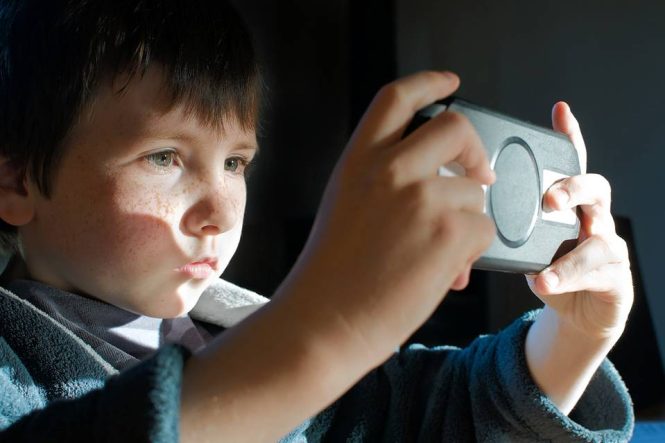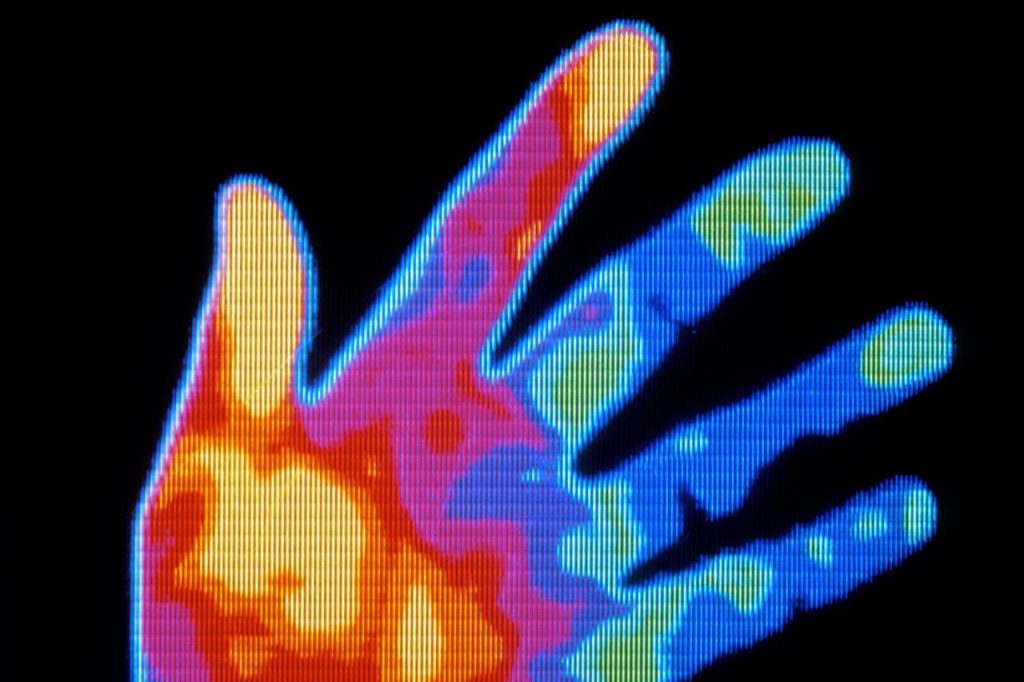

Does gadget use cause autism? This question often arises as technology becomes increasingly integrated into children’s lives. While there are concerns and observations, the scientific evidence linking gadget use to autism remains inconclusive. This article delves into the topic, exploring the potential correlations and highlighting the importance of understanding the nuances of both technology and autism spectrum disorder (ASD) before drawing definitive conclusions.
Understanding Autism Spectrum Disorder (ASD)
Defining ASD
Autism Spectrum Disorder (ASD) is a complex neurological condition characterized by a range of social communication and interaction challenges. Individuals with ASD may exhibit differences in communication styles, social interactions, and sensory processing. There’s a wide spectrum of presentations, from mild to severe, and no two individuals with ASD experience it identically. This diversity makes definitive conclusions about the relationship between technology and the spectrum tricky. Key aspects of the disorder are often linked to complex sensory input, making environmental considerations critical.
Key Characteristics
Individuals with ASD often exhibit difficulties with social interaction, communication, and repetitive patterns of behaviors or interests. Understanding the various characteristics associated with ASD will help us better evaluate the possible correlation with specific forms of technology use. A thorough understanding of both the specifics of gadget use and the diverse spectrum of ASD presentation is essential.
Examining the Correlation
Potential Correlations
The widespread use of gadgets and technology, especially among children, raises concerns about a potential correlation with autism. Some anecdotal observations suggest potential links between increased screen time and potential delays in certain developmental milestones, like social interactions or verbal communication. However, observing a correlation does not prove causation. The issue is significantly more complex than a simple observation of correlation.
Research on Gadget Use and ASD
Research Findings
Numerous studies have investigated the relationship between gadget use and autism, yet no definitive causal link has been established. Many studies have looked at correlations, but those correlations do not explain causation. Research that observes patterns and links between gadget use and autism needs to be taken with cautious consideration and understanding, with no causal link established. It’s critical to consider other factors like genetics and environmental influences.
Environmental and Genetic Factors
The Role of Genetics
Genetic predisposition plays a crucial role in the development of ASD. Research indicates that genetics are significant factors that can increase or decrease an individual’s susceptibility to ASD.
Alternative Explanations and a Balanced Approach
Other Factors
The link between gadget use and autism is undoubtedly a complex one. Other factors, like family history, social interactions, sensory processing differences, and overall environmental factors, also play important roles in the development of ASD.
Balanced Technology Use for Children
The importance of balanced use
In a world increasingly reliant on technology, finding a healthy balance is vital. Parents should focus on providing opportunities for play, social interaction, and development outside of screen time.
Addressing Parental Concerns
Communicating with professionals
If parents have concerns about their child’s development or possible signs of ASD, consultation with a pediatrician or other qualified professional is essential.
Promoting Healthy Development
The importance of a holistic approach
Helping children develop well-roundedly, including social skills, communication, and emotional intelligence, are crucial aspects of holistic development.
Frequently Asked Questions
What is the current state of research on the relationship between gadget use and autism?
Current research provides no conclusive proof of a direct causal link between gadget use and autism. While correlations have been observed, they don’t prove causation. Other factors are likely involved and, as research evolves, more insights should emerge.
In conclusion, while gadgets and technology are pervasive in modern life, the definitive link between gadget use and autism remains elusive. Numerous studies have explored the correlation, but definitive causation has not been established. Parents and individuals should not be alarmed by this lack of definitive proof but should focus on a balanced approach to technology use and consider the impact of a child’s environment as well as their social interactions, learning styles, and general well-being. A balanced approach is key. Further research is still needed to fully understand the complex relationship between technology and autism. To help determine if there are any specific risks, consider talking to your pediatrician or a qualified professional. This article serves as a starting point in understanding the potential impact of gadgets on autistic development.